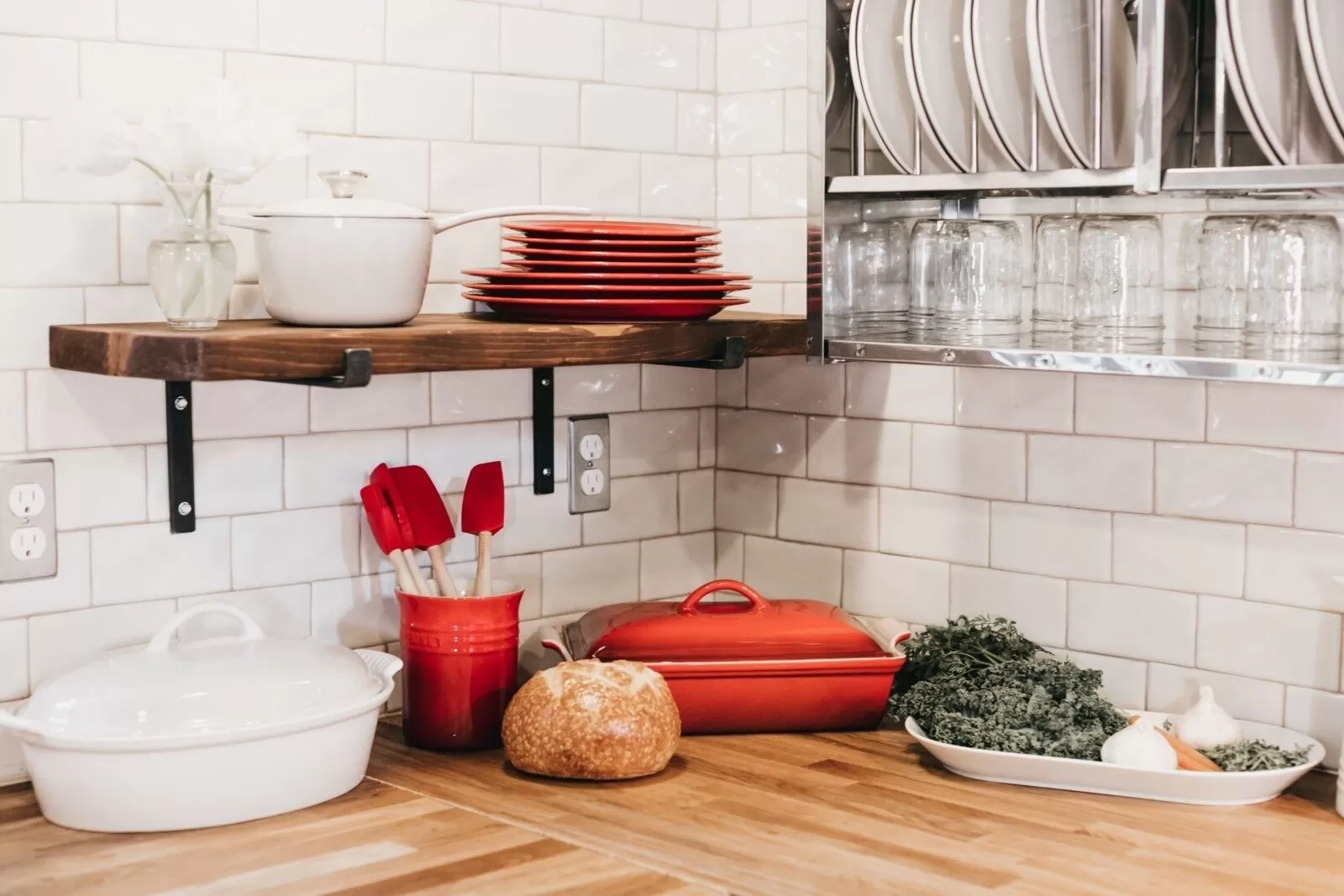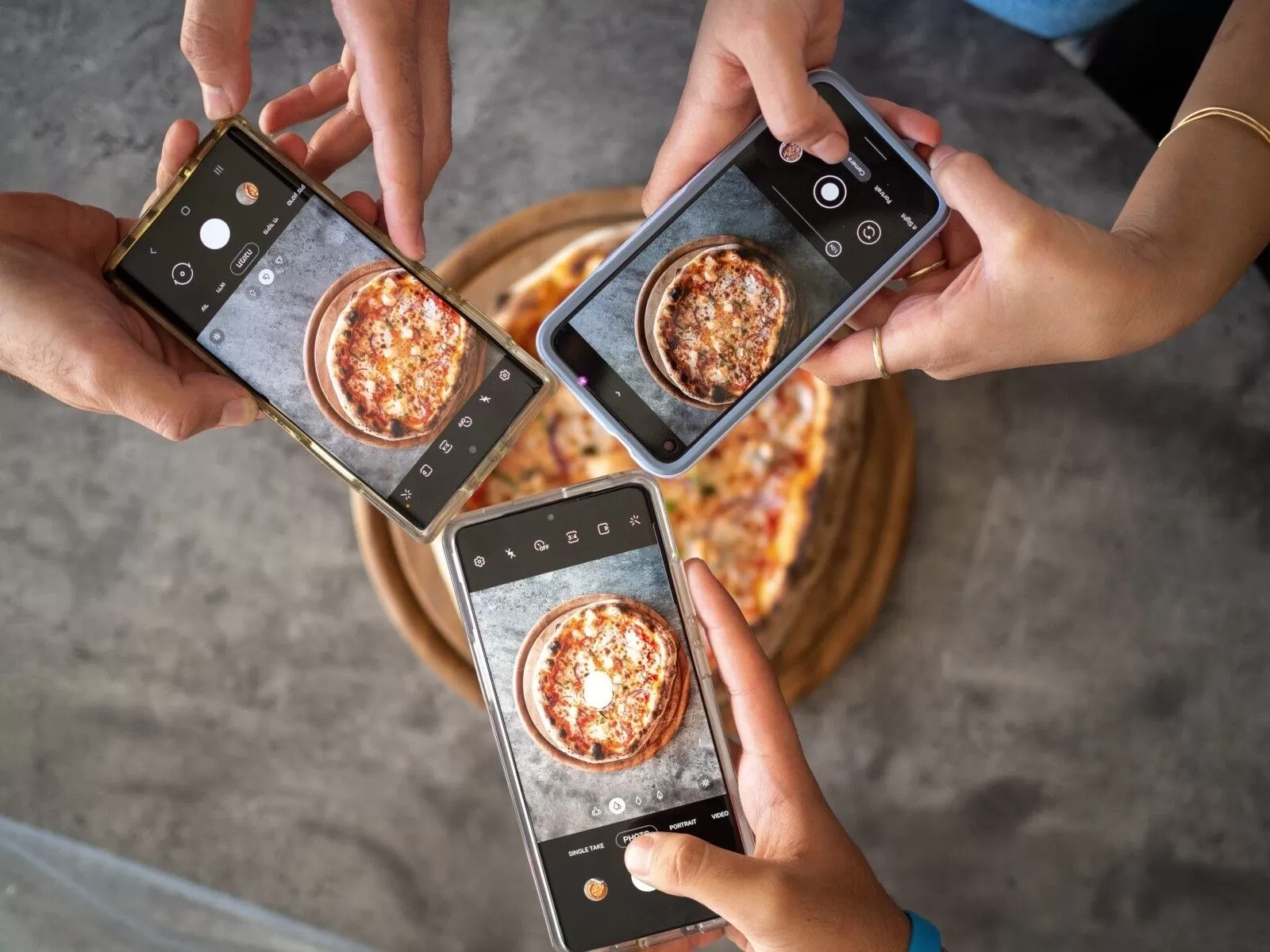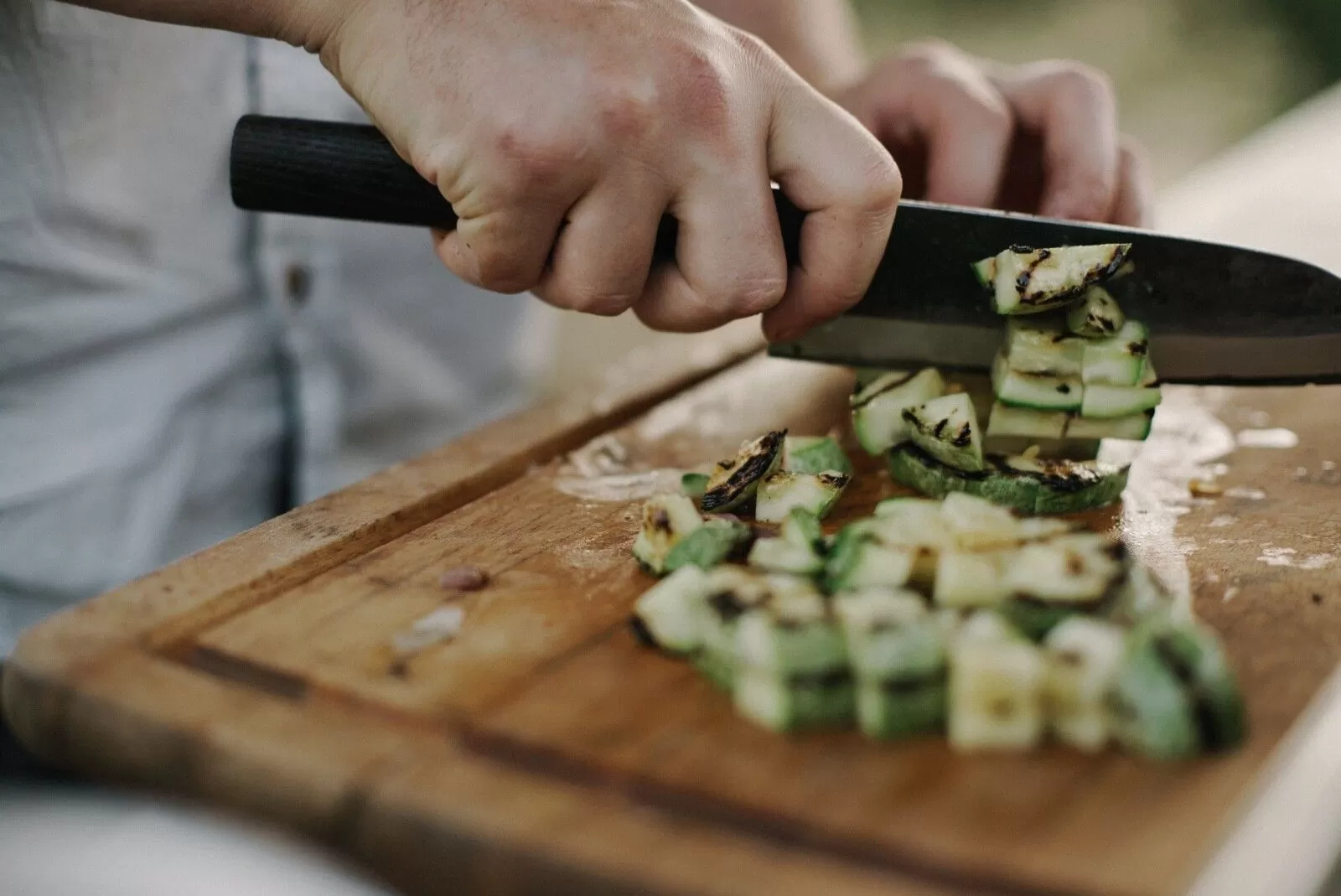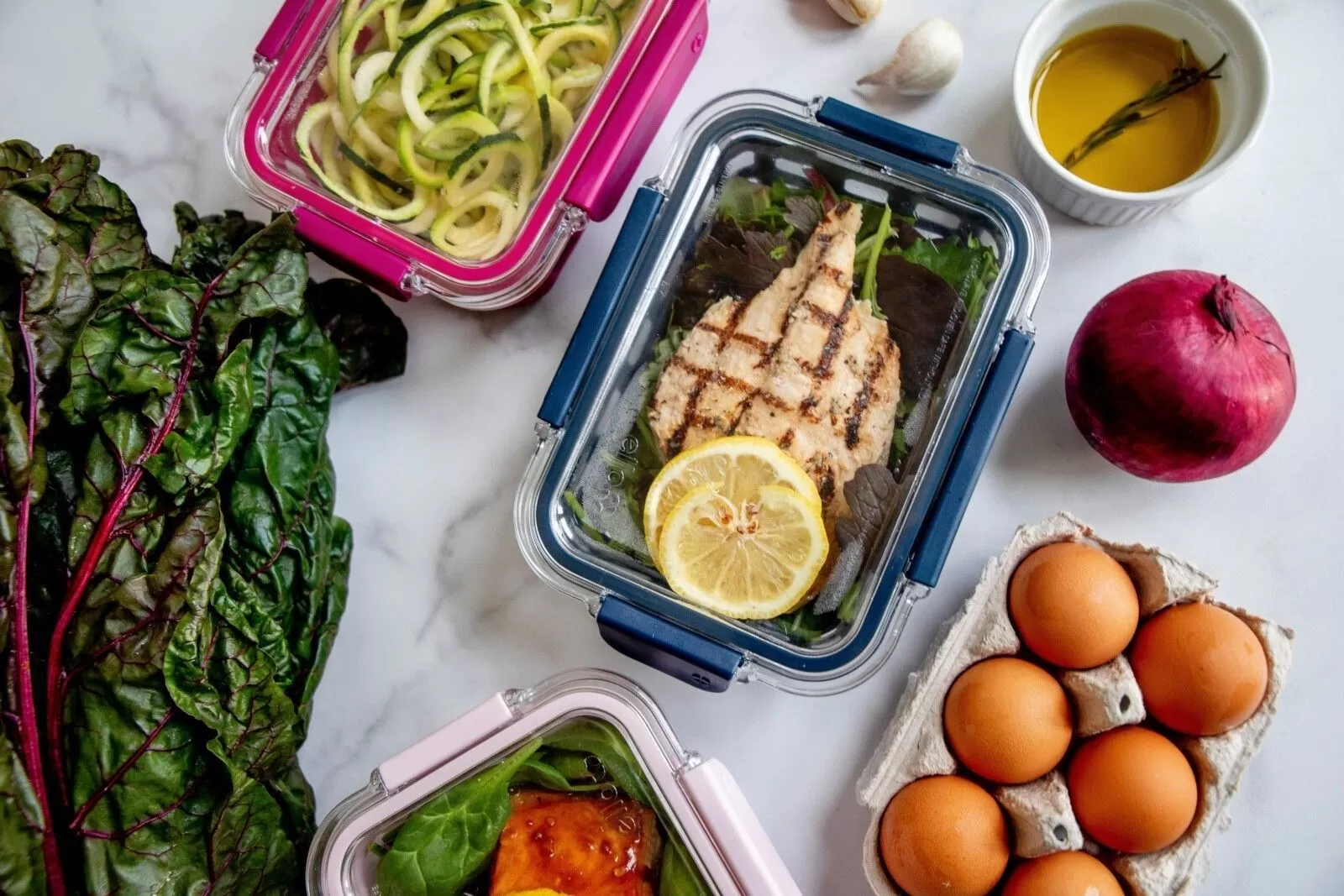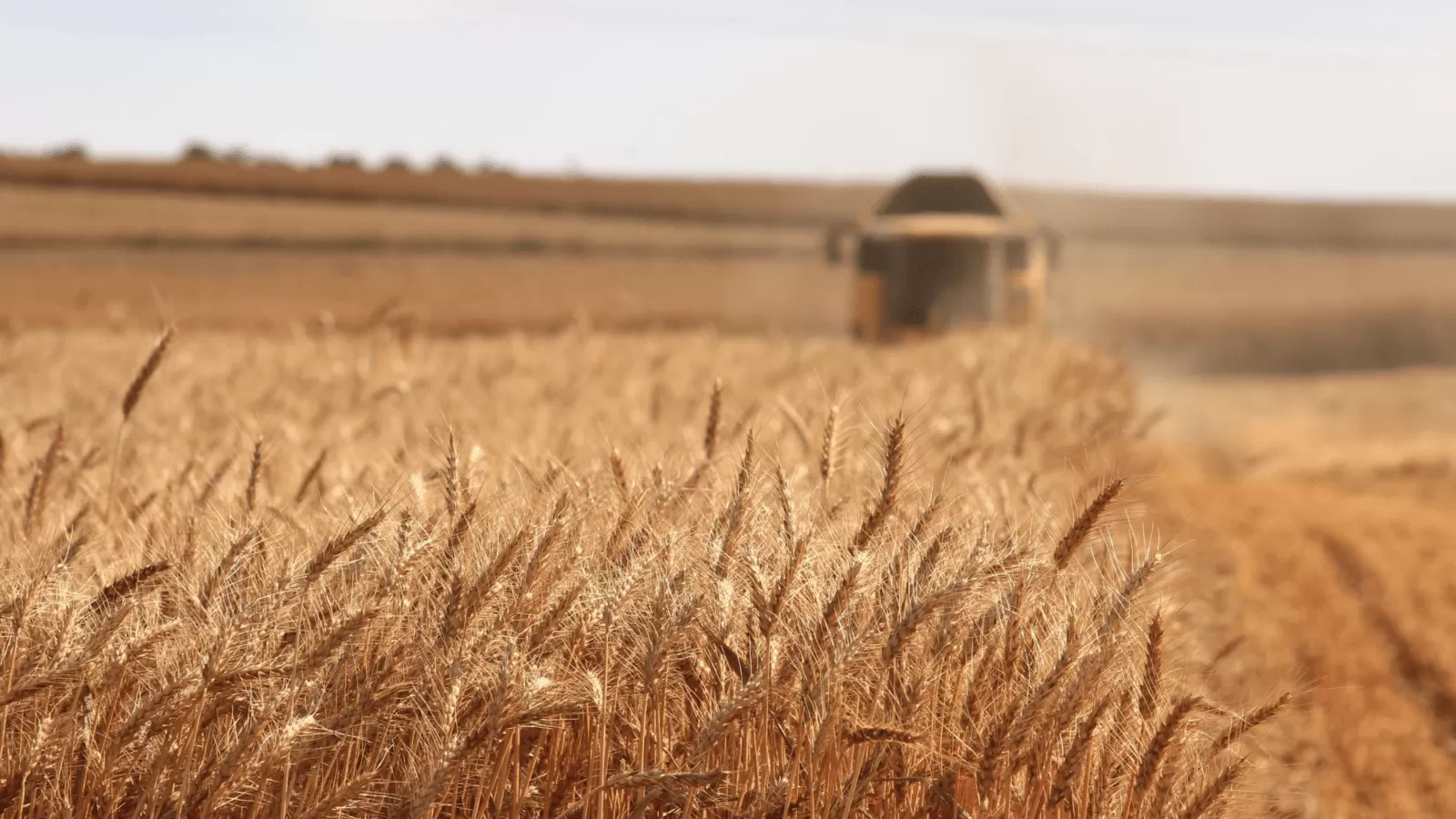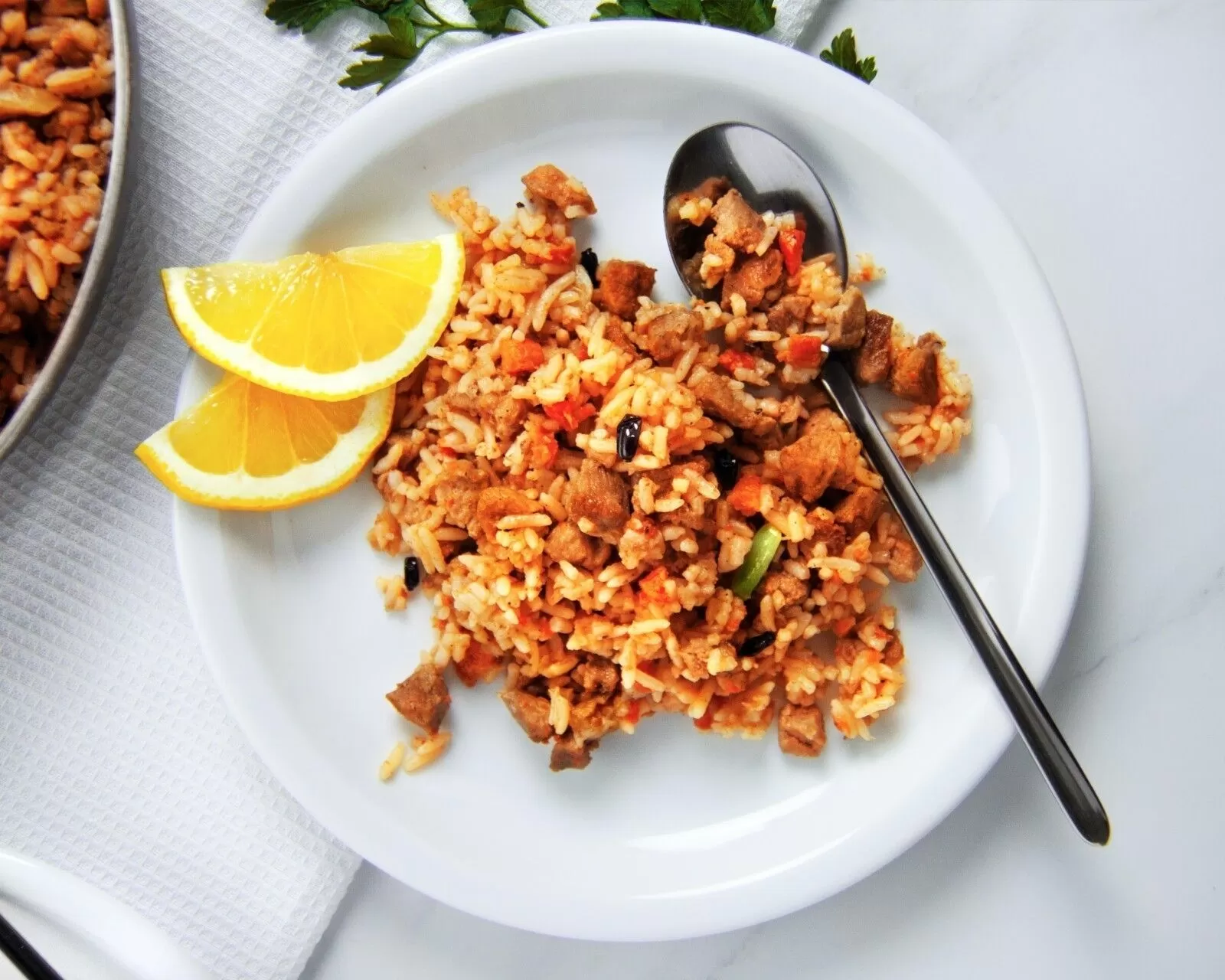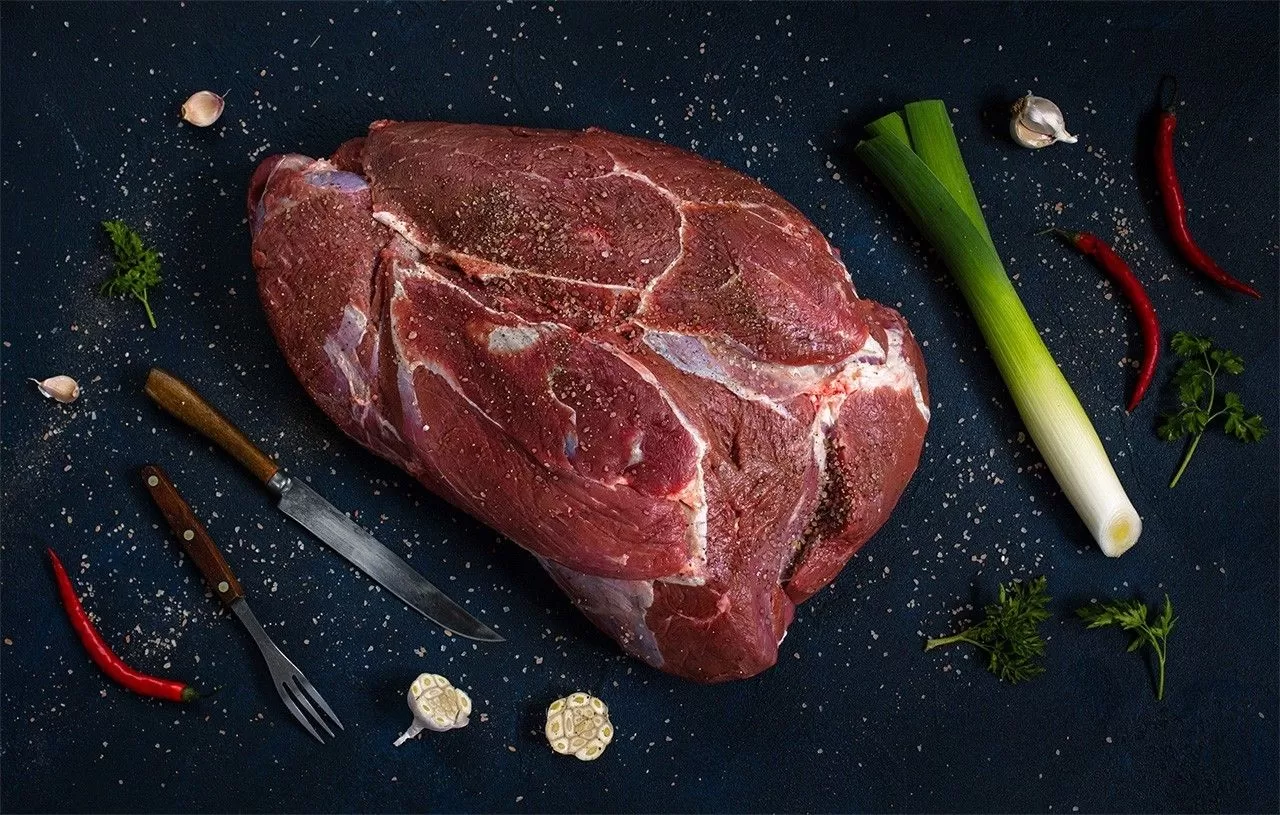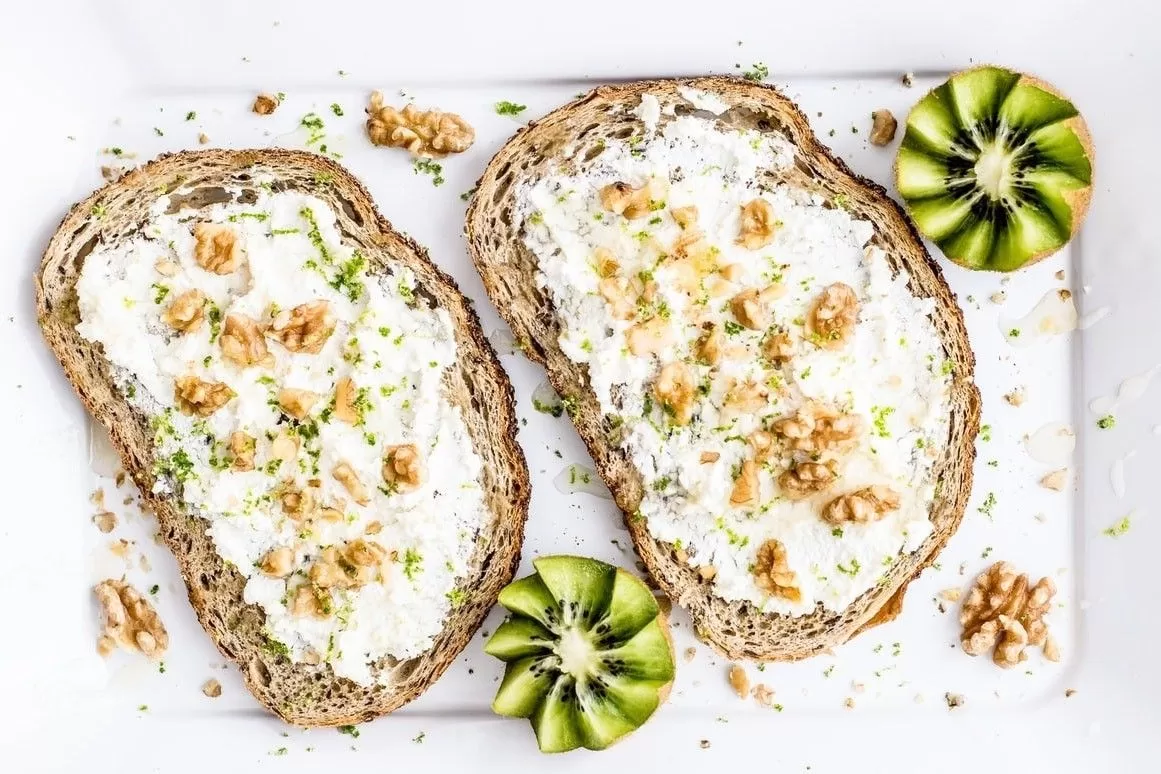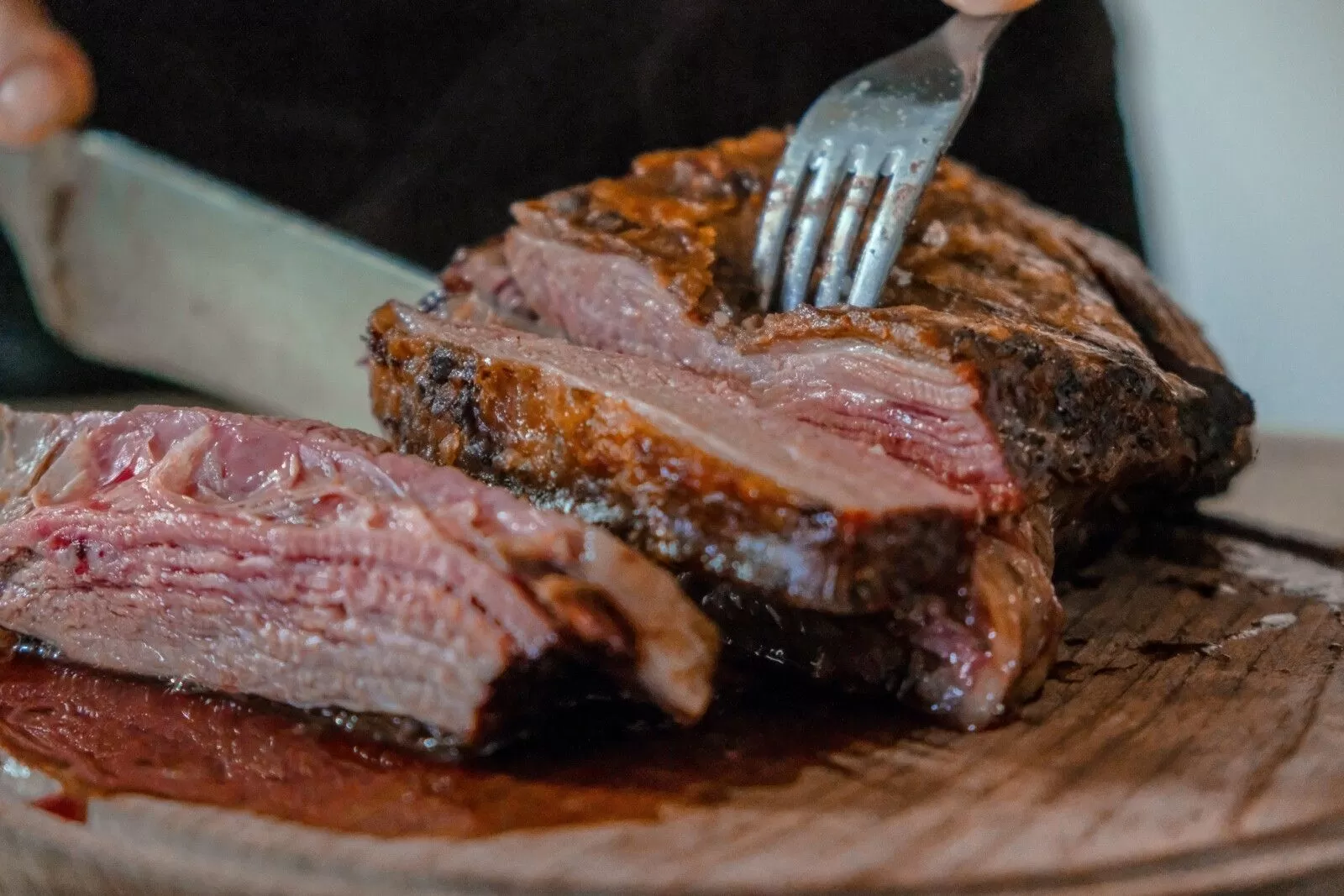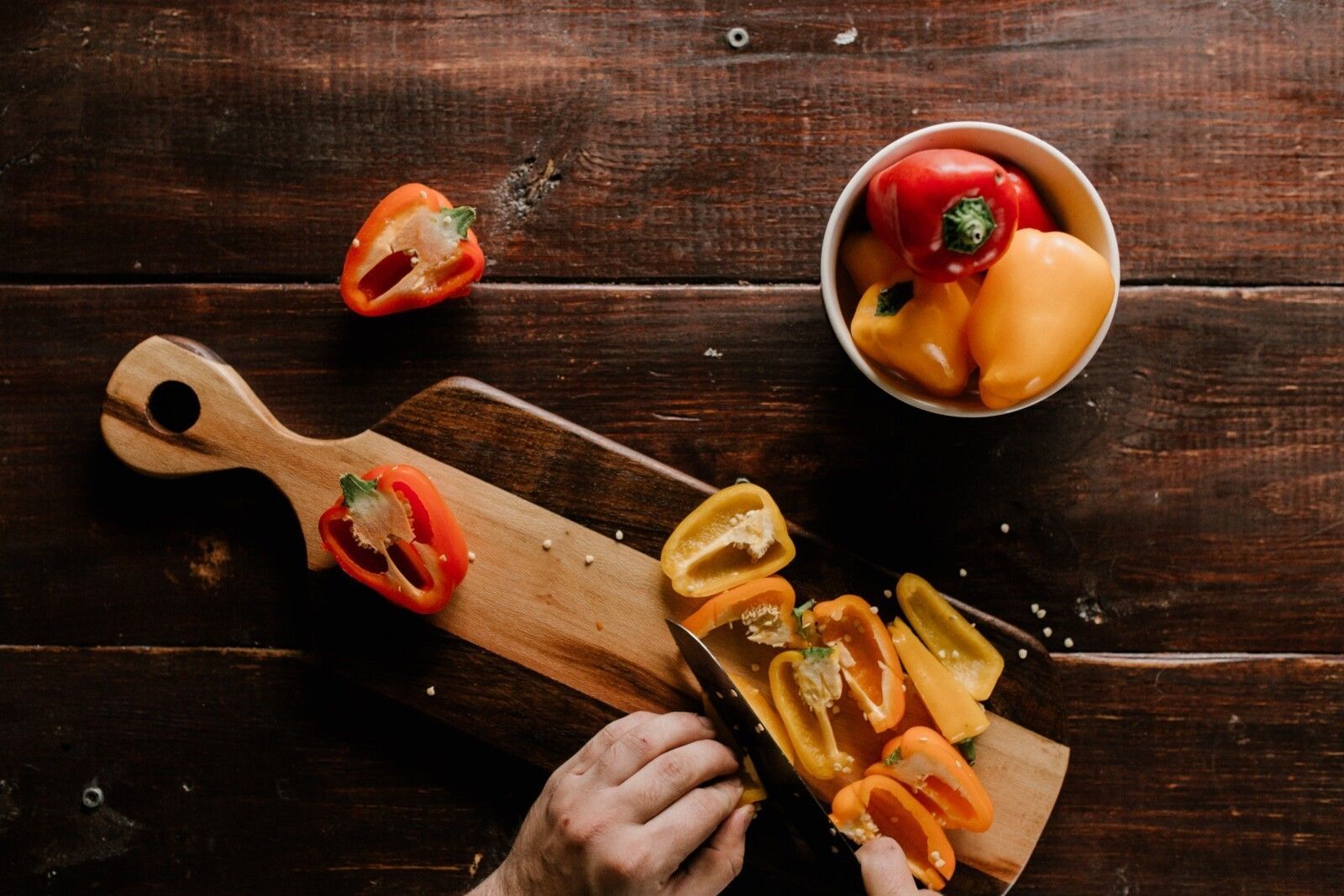
“The board for the kitchen is the simplest thing that can be,” you might think. But no! We chop vegetables on it, cut meat, crunch nuts or serve a treat on it. A cutting board is a basic and one of the essential tools in the kitchen. It means that it has its own rules of use, depending on what material the board is made. Today we’ll talk about how to choose a convenient kitchen utensil and how to work with it.
What should you know before buying a board?
On the Internet, you can see hundreds of myths about the dangers of some materials from which the boards are made, but all this is manipulation. After all, any board material is safe for humans. You just need to read the terms of use. If it is written in the conditions, do not wash in the dishwasher, it is better not to do this. At best, the material will lose its shape, and at worst, it can become toxic to our body. Therefore, you can choose the material that you like the most to use. But what advantages and disadvantages each of them has — we share further.
1. Chopping boards made of maple, oak, and cherry.
These are the most popular cutting board materials. If they are used correctly, they will serve for a long time and will be safe for our health.
Why are maple, oak, and cherry cutting boards so good? These types of trees are among the strongest. And this is important precisely for kitchen utensils because soft rocks will be constantly cut with a knife, and heaps of bacteria will hide in these cuts. Therefore, the stronger the breed, the better the board. In addition, oak contains one of the highest concentrations of tannins. And they are natural antimicrobial compounds that prevent bacteria from penetrating into the rock.
How to care for such boards?
Nothing special. Lubricate with oil from time to time and never put them in the dishwasher. One of the reasons why wood planks cannot be washed in hot water is more complicated is because tannins degrade at high temperatures. It means that over time, wood will simply lose its antimicrobial properties and become a refuge for bacteria.
2. Bamboo cutting boards
Bamboo cutting boards are cheaper than wooden ones, but they are not inferior in quality even to oak. After all, this breed is even tougher and more resistant to cuts. However, there is still a minus — the knives will become dull faster than from a maple board, for example.
Regardless, bamboo cutting boards are lightweight so that they can be handled easily in the kitchen, even large enough.
How to care for such boards?
The tips are the same as the last look: never wash the dishwasher and periodically oil the board.
3. Plastic cutting boards
This is the most popular material not only for boards but also for any other kitchen utensils. And for a good reason. It’s cheap, plus there are many design variations.
But there are also nuances. No plastic cutting board will last as long as wood or bamboo. Wooden boards are self-healing, which means that the cuts flake off over time and become less visible.
Instead, plastic cutting boards will never heal. The cuts will remain as they were. Consequently, they become dangerous to our body much faster than wooden ones. Indeed, in all these grooves, bacteria settle, which can lead to poisoning.
So plastic boards are not only dangerous but also not environmentally friendly. After a few months, you will have to buy a new cutting surface, even if it is expensive and seemingly high quality.
How to care for such boards?
The only rule is to read the instructions. Each board has its own written checklist for use, and you must follow it. Since there are different types of plastics, there will be different care tips for them. Some can be washed in the dishwasher because this plastic is resistant to high temperatures, and some will simply melt or become toxic.
4. Boards not worth buying
Glass, marble, or granite boards look cool and expensive, but they don’t make any sense at all. Not only will the knife dull on them faster than you might imagine, but these surfaces also have micro-cracks where bacteria hide. These cracks are difficult to disinfect and are subtle. Therefore, it will seem that the board is clean, although it is hazardous to health.
How to make a cutting board safe?
First, use different boards for different products. For example, one for fish, and another for meat. This is easy to do if you have a set of several colored boards, and you know for sure that on this one, you are cutting into pork, and on the other one, you are peeling salmon.
Secondly, if you do not have a kit, learn to wash the surface for a long time. Long — that is, a few minutes under running warm water. Go over the rough surface of the washcloth first, then flat, and then go over with your hand to check that every cut on the board is clean. This should be done immediately after slicing. After all, the longer your board stays dirty, the more difficult it will be to clean up the remaining raw meat. The wood absorbs the sap from the food, and the food pieces dry out in the tiny cuts of the board.
Third, wipe the surface with a paper towel after washing. This will help clean each notch on the board and prevent bacteria from spreading if they remain there after washing.
Advice!
For meat, a board with a small drainage ditch is the best choice. If it is not there, all the water from the meat will drain directly onto the table. This board can also be used for fruits or juicy vegetables.

